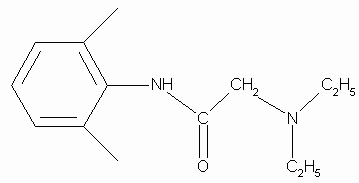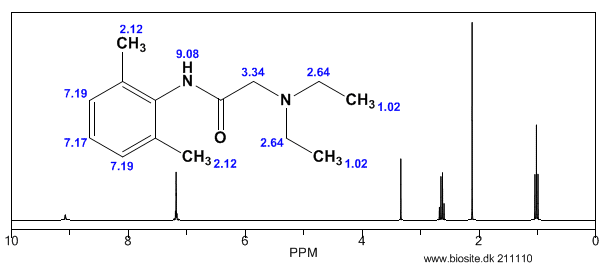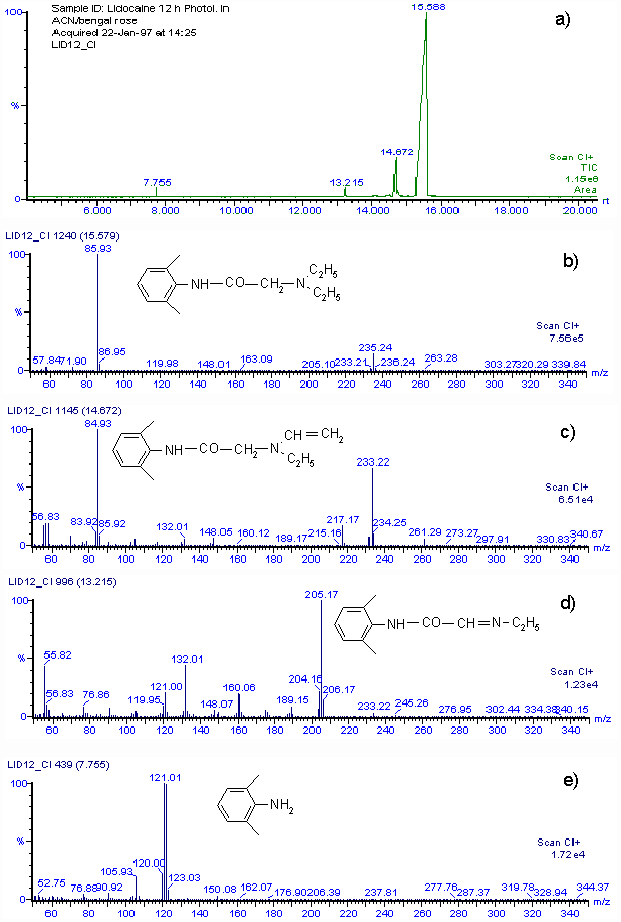1-sila-2,3,4,5-tetraphenyl-1,1-dimethyl-2,4-cyclopentadiene and 1-sila-2,5-diphenyl-1,1-dimethyl-2,4-cyclopentadienes (siloles) are reactive dienes, which readily undergo [4p+2p] cycloadditions with activated alkynes or alkenes to give 7-silanorbornadiene or 7-silanorbornadiene derivatives, respectively.[1] Work on cycloaddition of germoles has been also reported, [2,3,4] while stannole cycloadducts are known to be thermally unstable.[5] In recent years we have been interested in exploring cycloadditions to thermally labile 7-oxanorbornene derivatives under high pressure conditions.[6,7,8,9] This synthetic technique opened an avenue to a novel class of compounds possesing 7-sila (7-germa-) norbornene ring moiety.[10,11,12] Some of the compounds prepared in the course of these studies are shown in Figure 1.
The work reported here cover the synthesis of more complex systems starting from 1,2-dimethyl-2,3,4,5-tetraphenyl silole and 1,2-dimethyl-2,3,4,5-tetraphenyl germole as dienes and anti-1,4:5,8-diepoxy-1,4,5,8-tetrahydroanthracene as dienophile.
Results and discussion. 1,2-dimethyl-2,3,4,5-tetraphenyl metalloles 7[13] and 8[14] are easily accessible by reaction of lithium with diphenyl acetylene, followed by addition of corresponding dichlorodimethyl organometallic reagent (Scheme 1).
All Diels-Alder cycloaddition reactions of 1,2-dimethyl-2,3,4,5-tetraphenyl metalloles with various cyclic dienophiles were carried out under high pressure. Products and stereochemical outcomes of the reactions were analysed by NMR spectroscopy.
Summary of the studied reactions is shown in Scheme 2. Reaction of 1,2-dimethyl-2,3,4,5-tetraphenyl silole 7 with an equimolar amount of anti-1,4:5,8-diepoxy-1,4,5,8-tetrahydroanthracene 9,[15] gave 1:1exo,endo- adduct 10 as a single product in 64 % yield (8 kbar, 70 oC, DCM, overnight).[16] Similarly, when the same reaction was performed in the presence of two equivalents of 7, symmetrical di-silicon adduct 11 was formed in 49 % yield. Alternatively, the adduct 11 was obtained by heating 10 with 7 (at 8 kbar, 70 oC, DCM, overnight, 71 %). In the second set of experiments reactivity of 1,2-dimethyl-2,3,4,5-tetraphenyl germole 8 under identical reaction conditions was explored. Thus, the germanium counterpart 13 of the silicon exo,endo- adduct 10 was prepared by reaction of 8 with 9 in 25 % yield. We also succeded in preparing the mixed silicon/germanium adduct 12 and di-germanium cycloadduct 14 (in 7 and 14% yield, respectively, as estimated by 1H-NMR spectroscopy).
Adducts 10-14 are among the first examples of an organometallic polynorbornene compounds containing two metal atoms at the bridgehead positions prepared in our group.[17] AM1 modelling of adduct 12(Figure 3, phenyl substituents are omitted for sake of simplicity) has shown that spatial separation between two metal atoms is 11.8 A.
Figure 2 AM1 optimized structure of compound 12.
These results clearly show the great advantage of application of high pressure in cycloaddition reactions of the studied class of compounds. We have also examined possibility of preparing the same adducts in thermally conducted reactions (DCM, overnight or glass sealed tube at 120 oC, for 3 days). In that case, much less product was obtained accompanied with polymeric material.
Elucidation of the stereochemistry of adducts 10-14 using 1H-NMR spectroscopy is illustrated on the example of 1:1 adduct 10. The exo,endo- structure of 10 was assigned by using standard 1D and 2D 1H-NMR spectroscopy (combining correlations obtained by 1H-1H-COSY and 1H-1H-NOESY experiments). The 1H-NMR spectrum of 10 is shown in Figure 3. All olefinic and aliphatic proton resonances occur as singlets in the spectrum, showing that molecule possess Cs symmetry. Two methyl resonances occur close to the TMS position, and are assigned to silicon substituted methyl groups at 0.03 and 0.57 ppm. Methyl group Ha syn with respect to the double bond is shielded and appears upfield compared to the shift of the analogous protons of anti methyl group Hb. Furthermore, methyl protons Hb show a nOe correlation with endo- protons Hc (d 3.17). Endo protons Hc also correlate with oxa bridgehead protons Hd at d 5.59 (as seen in the COSY and NOESY spectra). Singlet resonance at d 5.67 belongs to the second oxa bridgehead proton Hf, which correlates with olefinic bond protons Hg hidden in aromatic area. Singlet corresponding to the central aromatic proton He is also overlapping with aromatic protons (multiplet d 6.87-7.21).
One interesting feature of the spectrum is that there is no significant difference in the chemical shifts of protons Hd and Hf. On the basis of previously published data and our experience with policyclic bridged systems, we would expect that protons Hd occur at higher field (at around 5 ppm).[18] It is reasonable to assume that the observed trend is a consequence of magnetic effects of deshielding cone of aromatic substituents on silole. Important nOe correlations are depicted as blue arrows in Figure 3. Finally, we mention in passing that the 13C-NMR spectrum possesses 19 lines in total, 11 of them are aromatic and 6 aliphatic.
References.
1. Dubac, J.; Laporterie, A.; Manuel, G. Chem. Rev. 1990, 90, 215.
2. Hota, N. K.; Willis, C. J. J. Organometal. Chem. 1968, 15, 89.
3. Scriewer, M. Ph. D. thesis, University of Dortmund, Germany, 1981.
4. Adachi, M.; Mochida, K.; Wakasa, M., Hayashi, H. Main Group Met. Chem. 1999, 22, 227; Egorov, M. P.; Ezhova, M. B.; Antipin, M. Yu.; Struchkov, Y. T. Main Group Met. Chem. 1991, 14, 19; Neumann, W. P.; Schriewer, M. Tetrahedron Lett. 1980, 21, 3273.
5. Grugel, C.; Neumann, W. P.; Schriewer, M. Angew. Chem. 1979, 91, 577.
6. Matsumoto, K.; Acheson, R. M. (eds.), Organic Synthesis at High Pressures, Wiley, New York, 1990.
7. Kirin, S. I.; Eckert-Maksiæ. M. Kem. Ind. 1999, 48, 335.
8. Margetiæ, D.; Butler, D. N.; Warrener, R. N. ARKIVOC 2002, 6, 234.
9. Margetiæ, D.; Warrener, R. N.; Butler, D. N. Aust J. Chem. 2000, 53, 959.10. Kirin, S. I.; Vikiæ-Topiæ. D.; Mestroviæ. E.; Kaitner, B.; Eckert-Maksiæ. M. J. Organomet. Chem. 1998, 566, 85.
11. Kirin. S. I.; Klärner, F.-G.; Eckert-Maksiæ. M. Synlett 1999, 351.
12. Eckert-Maksiæ. M.; Kazaziæ. S.; Kazaziæ, S.; Kirin, S. I.; Klasinc, L.; Srziæ. D.; Žigon, D. Rapid Commun. Mass. Spectrom. 2001, 15, 462.
13. Ferman, J.; Kakareka, J. P.; Klooster, W. T.; Mullin, J. L.; Quattrucci, J.; Ricci, J. S.; Tracy, H. J.; Vining, W. J.; Wallace, S. Inorg. Chem. 1999, 38, 2464; Zavitoski, J. G.; Zuckerman, J. J. J. Org. Chem.1969, 34, 4197; Gustavson, W. A.; Principe, L. M.; Min Rhe, W.-Z.; Zuckerman, J. J. J. Am. Chem. Soc. 1981, 103, 4126.
14. Mochida, K.; Wada, T.; Suzuki, K.; Hatanaka, W.; Nishiyama, Y.; Nanjo, M.; Sekine, A.; Ohashi, Y.; Sakamoto, M.; Yamamoto, A. Bull. Chem. Soc. Jpn. 2001, 74, 123; Mochida, K.; Akazawa, M.; Goto, M.; Sekine, A.; Ohashi, Y.; Nakadira, Y. Organometallics 1998, 17, 1782.
15. Hart, H.; Raju, N.; Meador, M. A.; Ward, D. L. J. Org. Chem. 1983, 48, 4357; Ashton, P. R.; Brown, G. R.; Isaacs, N. S.; Giuffrida, D., Kohnke, F. H.; Mathias, J. P.; Slawin, A. M. Z.; Smith, D. R.; Stoddart, J. F.; Williams, D. J. J. Am. Chem. Soc. 1992, 114, 6330.
16. results of corresponding syn-1,4:5,8-diepoxy-1,4,5,8-tetrahydroanthracene adducts: Kirin, S. I.; Eckert-Maksiæ, M. unpublished results17. Kirin. S. I.; Eckert-Maksiæ. M. unpublished results
18. oxa bridged protons in coresponding exo,endo- furan adduct occur at 4.91 ppm, “High-pressure facilitated cycloaddition of furan to 1,4-epoxynaphthalene”, Margetiæ, D.; Warrener, R. N.; Butler, D. N., The Sixth International Electronic Conference on Synthetic Organic Chemistry (ECSOC-6), http://www.mdpi.org/ecsoc-6.htm, September 1-30, 2002.




.jpg)


.jpg)
.jpg)
.jpg)
.jpg)
.jpg)
.jpg)
.jpg)
.jpg)
.jpg)
